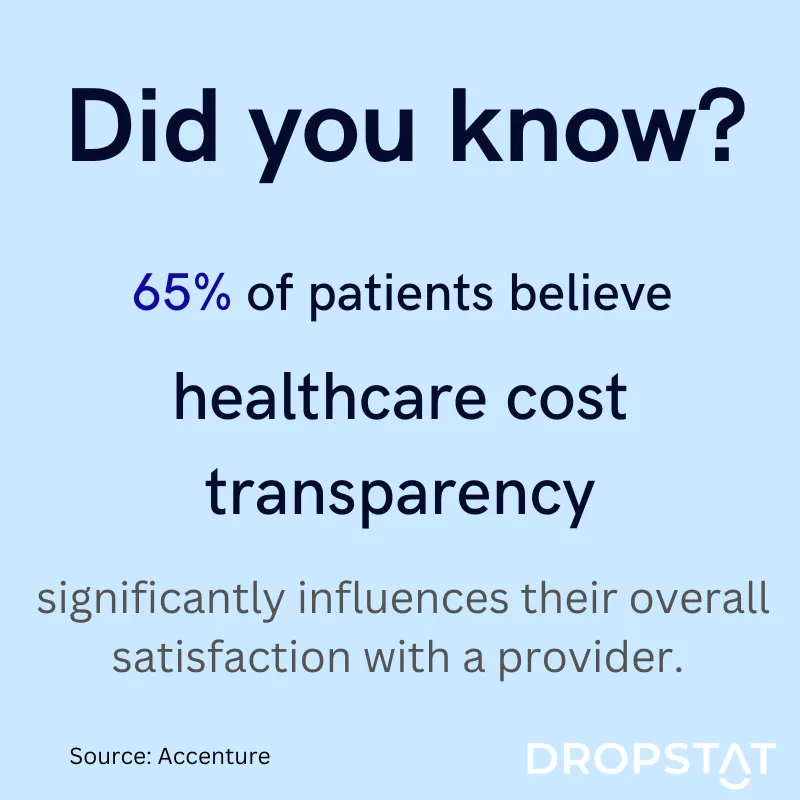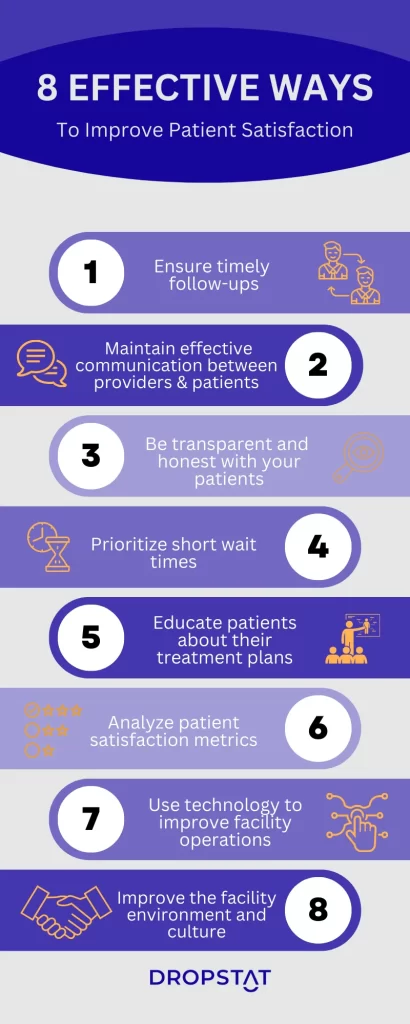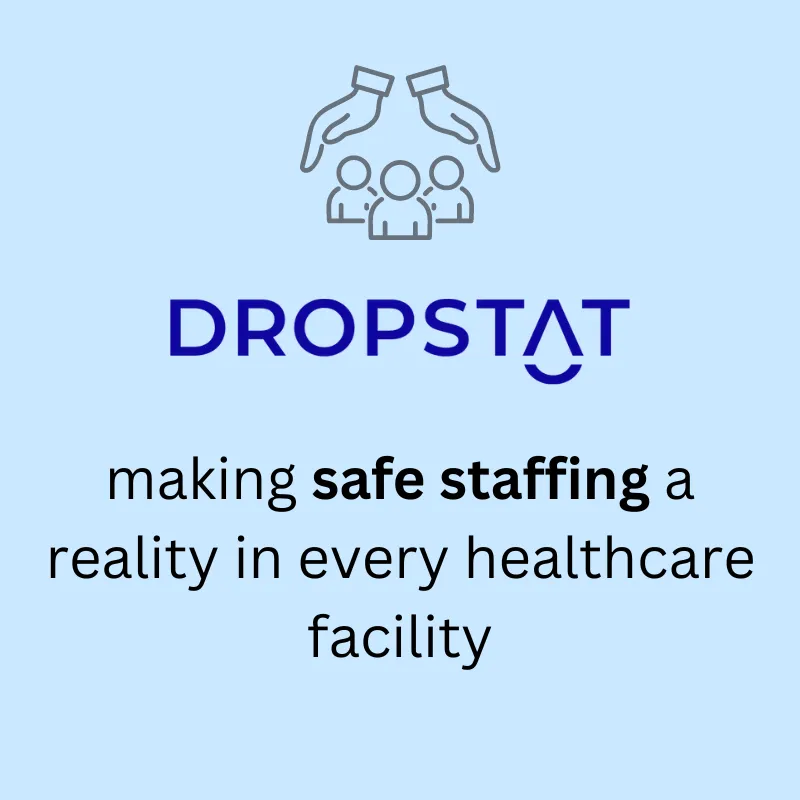How does patient satisfaction in healthcare affect the success of a facility?
Not only does patient satisfaction provide key insight into the success of healthcare providers, but it also allows administrators to assess patient experience, patient retention, and reimbursement, which are all key aspects of facility success.
Factors that affect patient satisfaction
Patient satisfaction often relates to:
- The expectations that a patient has of the care team
- Treatment plans
- Effective communication between patients and providers
- Wait times
- The facility environment and culture
Another facet of patient satisfaction is dependent on integrative health systems and services and the ability for care to be as widespread and transparent as possible among the different providers a patient interacts with.
Patient experience vs. Patient satisfaction
Although patient experience and patient satisfaction are thought to refer to the same aspects of a healthcare organization and its operations, they are two distinct features of patient feedback. While patient experience refers to actual care the patient received, patient satisfaction evaluates whether or not the expectations of care a patient expected were delivered. In other words, a patient’s expectations of healthcare delivery directly impact patient satisfaction scores.

How can your organization measure patient satisfaction scores?
Examining the quality of healthcare delivery within your facility is directly linked to higher patient satisfaction and improved employee engagement and morale among healthcare providers. One common method of measuring patient satisfaction is through patient satisfaction surveys, which provide key insight into the clinical outcomes of healthcare.
How to perform a patient satisfaction survey
You can use the HCAHPS survey, also known as the Hospital Consumer Assessment of Healthcare Providers and Systems (HCAHPS) survey, which is aimed at collecting patient satisfaction data through an objective, standardized survey. The HCAHPS survey also enables entities to compare healthcare organizations, given that the survey is standardized and publicly reported.
8 creative ways to increase patient satisfaction
- Ensure timely follow-ups.
- Focus on communication between providers and patients.
- Maintain transparency with patients.
- Prioritize short wait times.
- Strive to implement procedures to educate patients about treatment plans.
- Utilize feedback from patients to analyze patient satisfaction metrics.
- implement technological support systems for greater facility efficiency.
- Improve the facility environment and culture

- Follow-ups
Follow-ups ensure that patient engagement is a priority and offers patients an outlet to review their experience and quality of care. This positions them to be engaged members of their own care team while building a relationship with the healthcare facility and creating a platform for improved patient retention.
- Focus on communication between providers and patients
Satisfaction ratings and HCAHPS scores can also be improved by integrating more effective methods of communication between providers and patients. It is crucial to find a balance between using technology as a medium for communication and making the time to engage in dialogue with patients. Although online resources make communication more frequent, they also may detract from the human connection between healthcare providers and those receiving care.
Make the time to foster a connection with patients and answer their questions regarding care, treatment, or other worries related to their health journey. This will contribute to a positive patient experience and, subsequently, higher patient satisfaction.
- Maintain transparency with patients
A health system that strives to be transparent in regard to treatment costs, wait times, and other aspects of clinical processes promote trust within the patient-provider relationship and among entire care teams. When patients are confident that they will receive honest answers to critical personal questions, they are more likely to trust that patient-centered care is at the forefront of the healthcare organization’s mission. This tangible patient experience leads to higher patient satisfaction scores as well.

- Prioritize short wait times
Using online methods of appointment booking and maintaining transparency with patients sets realistic expectations for wait times. Patients may link excessive wait times with disorganization and associate it with a negative assessment of the hospital performance due to disregarding the patient’s time. Although some healthcare settings, such as emergency departments, can not account for wait times, it is possible to proactively attempt to reduce the wait by ensuring that facilities have sufficient staff and scheduling platforms.
- Educate patients about their treatment plans
When patients have a greater understanding of the care process and their involvement in their own recovery, it is less likely that they will need to be readmitted for the same issues. Increased patient education also increases trust in providers and the healthcare system, contributing to improved patient satisfaction. When individuals have a better understanding of their own role within their care, they are more likely to work alongside providers to ensure positive health outcomes, which is a key factor in determining patient satisfaction.
6. Analyze patient satisfaction metrics
When healthcare systems collect data regarding patient experience and satisfaction, it is imperative that the facility examines areas within the quality of care that would benefit from quality improvement. Patient feedback has the ability to uncover the weakest and strongest hospital operations and the potential mechanisms that administrators could use to cultivate stronger functions. It is not enough to collect feedback to give the patient a sense of belonging within the facility, but it is crucial that the facility responds accordingly.

- Use health technology to improve facility operations
Health technology such as bar code medication administration, electronic patient portals, and clinical decision support (CDS) reduces medical errors and increases efficiency. When providers choose to invest in health technology that aids in reducing medical errors, the patient experience is improved. Patients are confident that the facility is investing in additional resources that provide the highest quality of care and efficient operations.
- Improve the facility environment and culture
The culture within a facility permeates throughout all levels of healthcare ranging from management to providers and patients. That being the case when the company culture is poor, patients are left feeling as though their care team is not integrated or operating optimally. By emphasizing a strong and cohesive company culture, patients receive a more reliable and trustworthy care team which consequently enhances patient experience and satisfaction.
How Dropstat’s analytics provide a platform to analyze and improve patient satisfaction scores
Not only does patient experience and satisfaction rely on patient-provider interaction, but it also corresponds to the administrative and scheduling aspect of the healthcare system. Utilizing Dropstat enables medical practices to determine internal gaps that could drastically improve patient satisfaction and experience. For example, ensuring that departments don’t schedule employees that are working egregious overtime hours promotes better communication and quality care to each patient.
Additionally, ensuring that a facility or department meets the required safe staffing ratios will significantly help to reduce wait times, proving to patients that their time is valued by the care team. These practices guarantee that your patients will feel empowered to confide in their providers and trust that their care is truly patient-centered.







